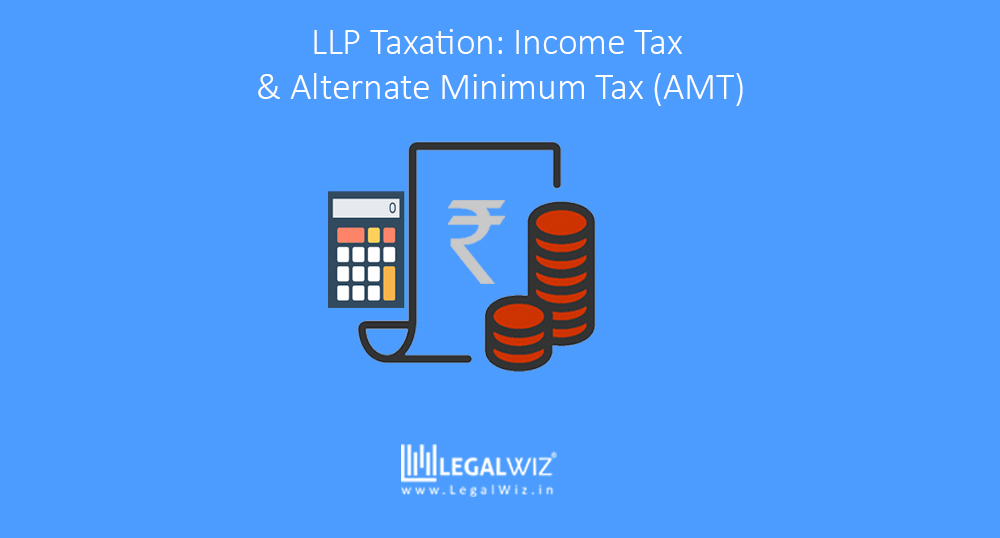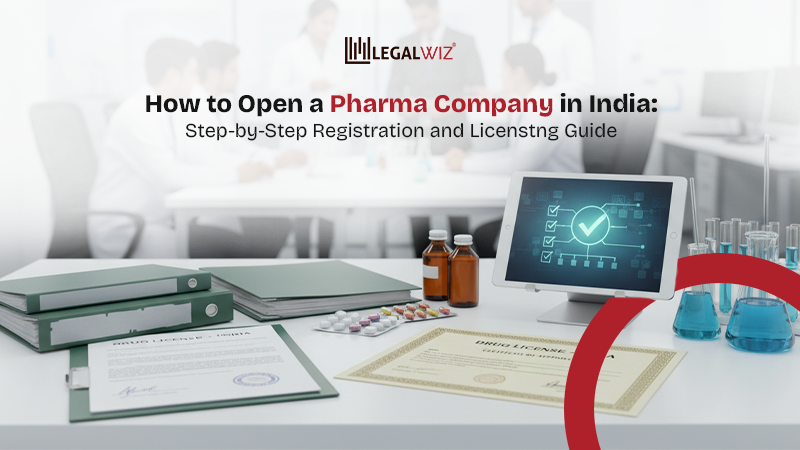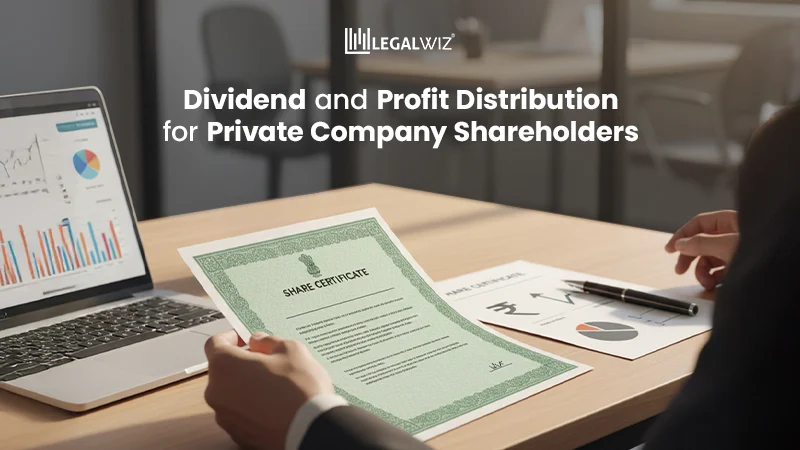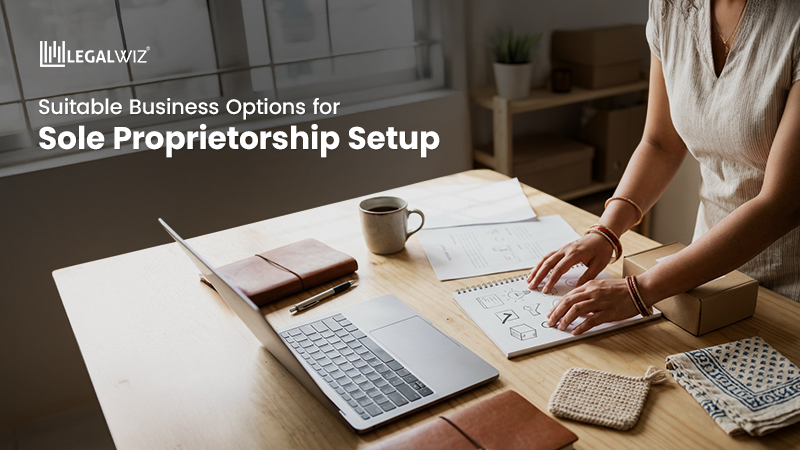LLP Taxation: Income Tax & Alternate Minimum Tax (AMT)
Introduction
A Limited Liability Partnership is shortly and more popularly known as LLP. LLP is a body corporate formed and incorporated under the Limited Liability Partnership Act, 2008.
Under LLP, the liability of its partners is limited to their agreed contribution in LLP. However, on the other hand, LLP registration creates a separate legal entity for itself and it is liable to the full extent of its assets. Due to its unique feature of merging benefits of both the partnership firm and the company, LLP has become the most preferred form of organization.
The present article educates the reader about the taxation of LLP, income tax rate of LLP for the AY 2020-2021, and provisions of Alternate Minimum Taxation (AMT) in brief.
Treatment of Firm and LLP is equal under Income Tax
Section 2 (23) (i) of the Income Tax Act, 1961 defines the term ‘firm’. As per the said definition, the firm shall have the same meaning as assigned in the Indian Partnership Act, 1932 and the term firm shall include the Limited Liability Partnership as defined in the Limited Liability Partnership Act, 2008.
Similarly, the definition of term ‘partner’ as contained in section 2 (23) (ii) and the definition of term ‘partnership’ as provided in section 2 (23) (iii) also includes LLP within its ambit.
Following the above definitions, it is easy to conclude that under Income Tax, the LLP taxation treatment remains the same as a Firm.
Income Tax Rate of LLP as applicable for the Assessment Year 2020-2021
The LLP is liable to pay income tax @30% on its income. In case the total income exceeds INR 1 Crore, LLP is also liable to pay surcharge @12% on the income tax.
Additionally, health and education cess of 4% is payable on the income tax plus surcharge.
Alternate Minimum Taxation (AMT)
Initially, the concept of MAT, i.e. Minimum Alternative Tax, was introduced only for the companies. However, gradually it was made applicable to all the other taxpayers in the form of AMT, i.e. Alternate Minimum Taxation. Hence it forms a part of the LLP taxation.
Before understanding AMT provisions, it is important to understand the difference between MAT and AMT which are –
| Particulars | MAT | AMT |
| Relevant Section | Section 115JB | Section 115JC to Section 115JF |
| Applicability | Company | Taxable Person, other than the company, claiming deduction under section 80H to 80RRB (except section 80P), or section 10AA or section 35AD. |
| Taxability | MAT is payable on book profit | AMT is payable on adjusted total income |
| Reporting requirement | Form 29B | Form 29C |
- Applicability of the provisions of AMT to LLPs
Vide Finance Act, 2011, the provisions of AMT were made applicable to the LLP. Provisions of AMT are applicable only in the following cases –
- When an LLP has claimed deduction under section 80H to 80RRB (except section 80P).
- If an LLP has claimed deduction under section 35AD.
- When an LLP has claimed deduction under section 10AA.
- Threshold exemption under AMT
The provisions of Section 115JEE of the Income Tax Act states that the AMT applies to an Individual, Hindu Undivided Family, Association of Person, Body of Individuals and the artificial juridical person only in case the ‘adjusted total income’ exceed INR 20 Lakhs.
It is important to mention here that the benefit of the threshold exemption is available only to the categories of persons mentioned above. The benefit of threshold exemption is not available to the partnership firm, LLP and other non-corporate assessee.
- Rate of AMT
AMT @ 18.50% (plus surcharge and cess as applicable) of the adjusted total income is leviable.
AMT is levied @ 9% (plus surcharge and cess as applicable) in case of a non-corporate assessee being the unit located in IFSC [International Financial Services Centre] and such unit is deriving its income only in convertible foreign exchange. The same is effective from the Assessment Year 2019-2020.
- Calculation of Adjusted Total Income
AMT rates are applicable on ‘adjusted total income’ and therefore it is vital to understand the calculation of ‘adjusted total income’. Here’s how –
| Particulars | Amount |
| Total taxable income of the LLP | XXX |
| Add – Amount of deduction claimed under section 80H to section 80RRB (except section 80P) | XXX |
| Add – Amount of deduction claimed under section 35AD (reduced by the depreciation allowable as per section 32) | XXX |
| Add – Amount of deduction claimed under section 10AA | XXX |
| Adjusted total income | XXX |
- Computation of tax liability
If AMT provisions apply to the LLP, in that case, the LLP tax liability would be calculated as –
| Particulars | Amount |
| Tax liability computed as per the normal provisions of the Income Tax Act (A) | XXX |
| Tax liability computed as per AMT provisions (B) | XXX |
| Tax payable by the LLP would be higher of (A) or (B) | XXX |
It is essential to note here that the LLP is required to pay tax as per AMT only in the Financial Year, wherein, the tax on normal income is lower than AMT on Adjusted total income.
- AMT credit
If in any year, the LLP pays tax liability as per AMT, then it is entitled to claim AMT credit. The amount of AMT credit would be excess of tax paid as per AMT over the tax payable as per normal provisions i.e., AMT Credit = Tax paid as per AMT provisions – Tax computed as per normal provisions.
The AMT credit can be utilized in the subsequent years. The AMT credit can be adjusted in the year in which the tax payable as per normal provisions is more than the tax payable as per AMT. The utilization of AMT is allowed as follows –
Amount of utilization of AMT credit = Tax payable as per normal provisions (-) Tax as per AMT.
The AMT credit can be carried forward for a period of 15 years immediately following the assessment year in which such credit is generated. If the AMT credit remains unutilized, within a period of 15 years, the pending AMT credit will lapse.
- Reporting requirements
If AMT provisions apply to LLP, then, the LLP is required to obtain a report in FORM 29C from the Chartered Accountant. The said report certifies that the calculation of adjusted total income and the AMT is as per the applicable provisions.

CA Poonam Gandhi
Chartered Accountant, based at Ahmedabad having vast practice experience of more than 9 years in the field of Indirect Taxation. Currently, working as a 'freelance content writer' and associated with the top most leading sites. Also acting as an educator for the taxation course, 'Certificate on taxation law and GST', for the site https://www.intolegalworld.com/.







